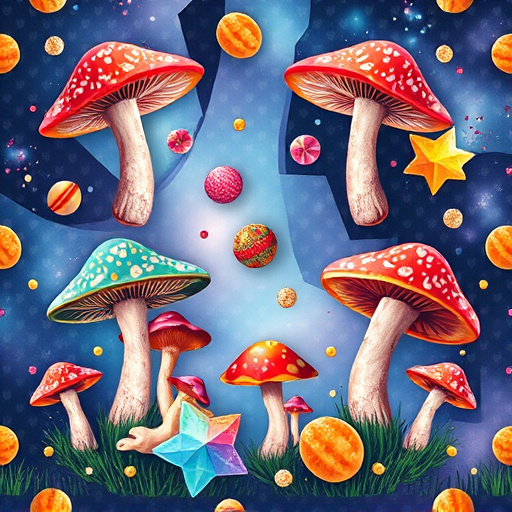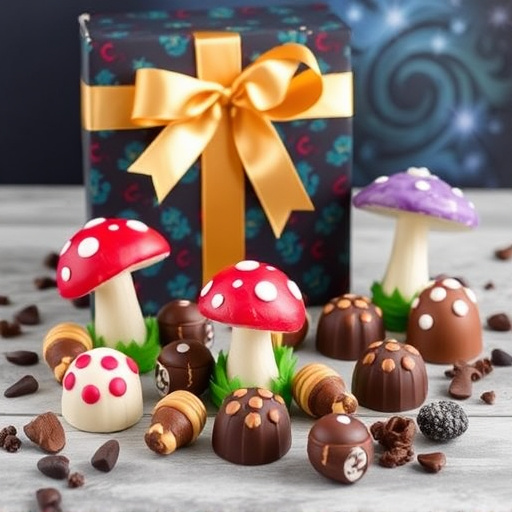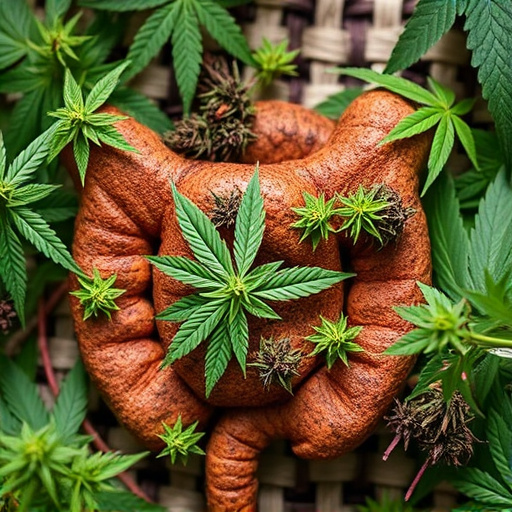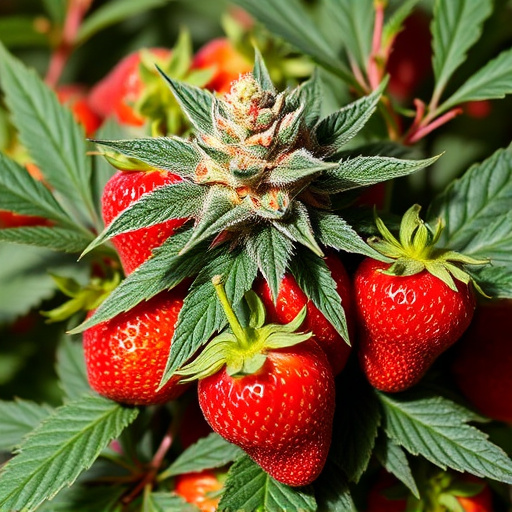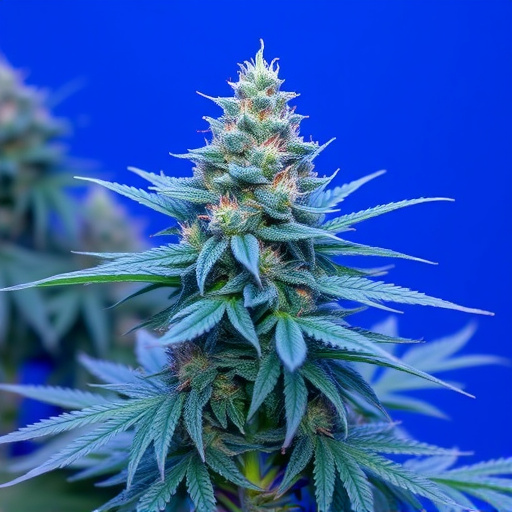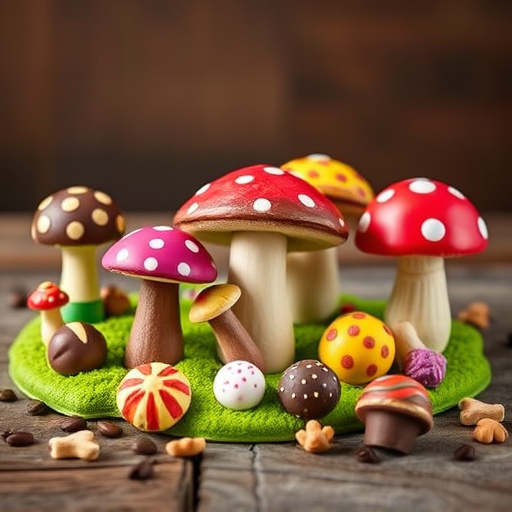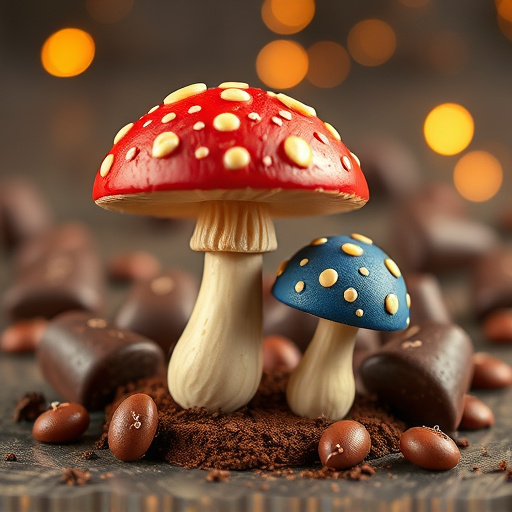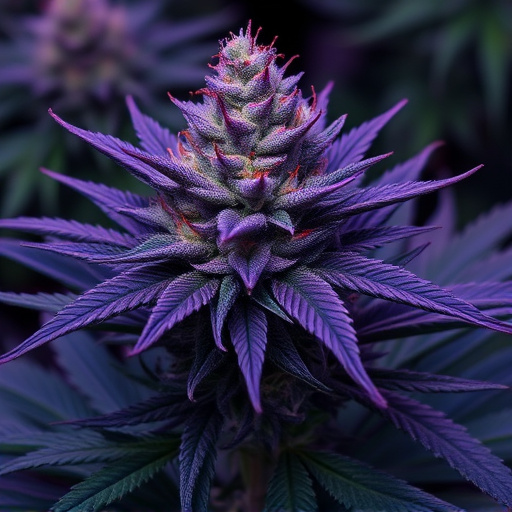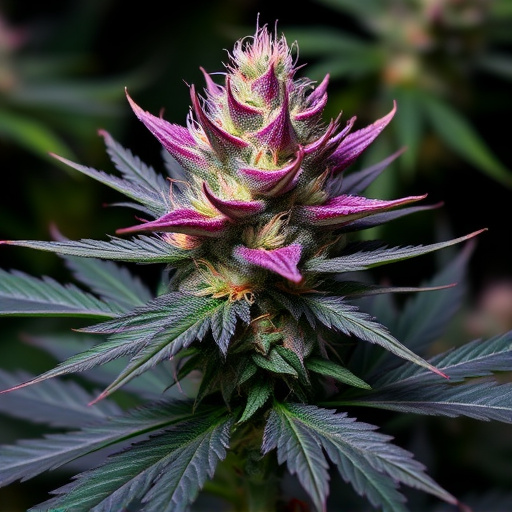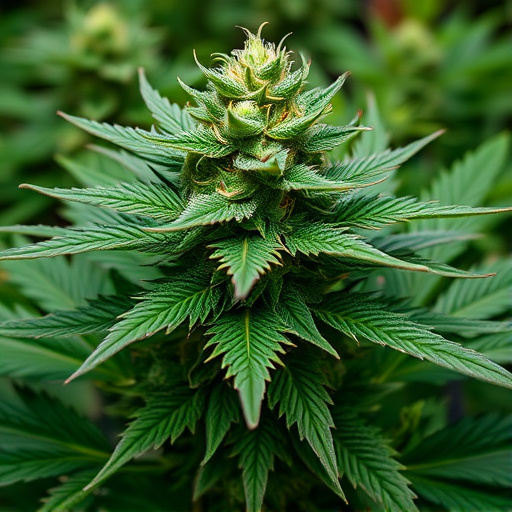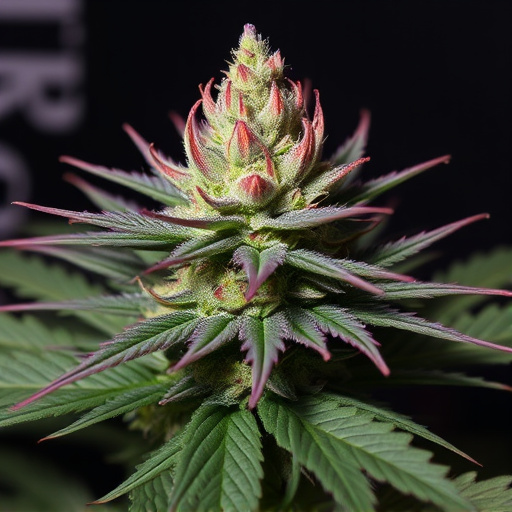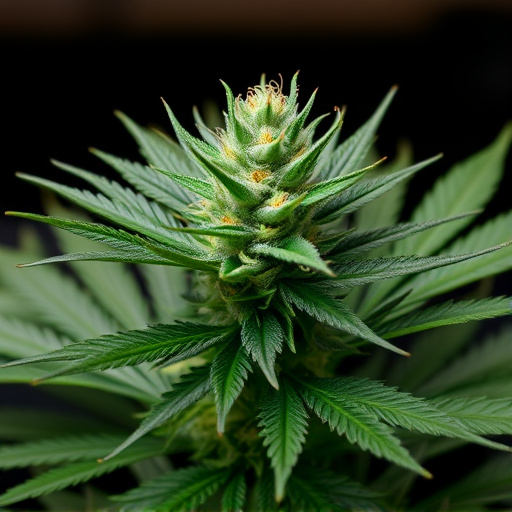Evaluating top shelf cannabis strains involves a meticulous visual inspection focusing on dense, compact buds with thick resinous trichomes and vibrant green, uniform leaves. High-quality strains exhibit striking colors like emerald, burgundy, orange, and purple, contrasting with duller, looser buds of lower grades. A key indicator is the scent, ranging from complex earthy or citrusy to floral or fruity aromas, avoiding artificial smells. These visual and olfactory cues are crucial for consumers seeking potent, premium strains indicative of proper cultivation practices.
“Unraveling the art of distinguishing premium from inferior cannabis is key to a satisfying experience, especially among the myriad of available strains. In this guide, we delve into the science behind ‘Good Weed vs. Bad Weed’, focusing on visual cues like color and texture, aromatic complexities, and the profound impact on both mind and body. From the vibrant hues of top shelf cannabis strains to the subtle nuances in taste, each characteristic tells a story of quality and potential therapeutic benefits. By understanding these key indicators, users can confidently navigate the market, ensuring they cultivate or acquire only the finest buds.”
- Visual Inspection: What to Look For
- – Color and Texture: Differences in leaf color, density of the bud structure, and overall appearance.
- – Odor: How scent can indicate quality and specific strain characteristics.
Visual Inspection: What to Look For
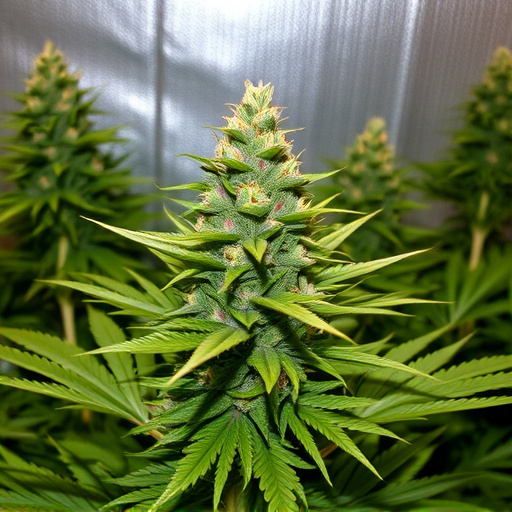
When it comes to evaluating weed, a thorough visual inspection is your first step. Top shelf cannabis strains are known for their consistent and desirable characteristics. Look for dense, compact buds with thick, resinous trichomes—these tiny glandular hairs appear as tiny clear crystals on the flower. Healthy leaves should be vibrant green, evenly colored, and free from yellowing or browning. The overall appearance should be uniform, with no significant variations in size or shape of the buds. Avoid weeds with thin, crispy leaves or a lanky, leggy growth pattern, as these are signs of stress or poor cultivation practices. Additionally, check for any visible pests or mold, which can indicate low-quality cannabis.
– Color and Texture: Differences in leaf color, density of the bud structure, and overall appearance.
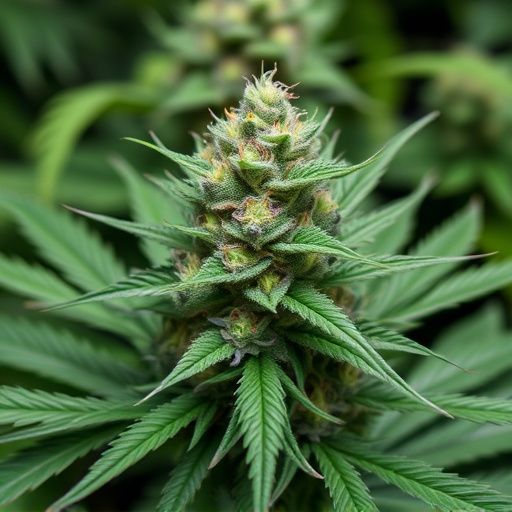
High-quality cannabis, often referred to as “top shelf,” is distinguished by its vibrant and diverse colors. Leaves can range from deep emerald greens to rich burgundies, with subtle hints of orange or purple hues. The bud structure should be dense, tight, and sticky—a sign of potent compounds and well-grown flowers. Unlike lower-quality strains, top shelf cannabis has a smooth, almost silky texture to its leaves and buds, without any visible dust or odd markings.
In contrast, “bad weed” often exhibits duller colors, ranging from faded greens to browns, and may even have black spots or moldy patches. The bud structure is typically loose, fluffy, and lacks the sticky resinous quality of premium strains. Texturally, bad weed can feel dry, scratchy, or even powdery, indicating potential lack of proper care during cultivation. These visual differences are crucial indicators of the overall quality and potential effects of cannabis—a key factor for discerning consumers looking for a top-tier experience.
– Odor: How scent can indicate quality and specific strain characteristics.

The aroma of cannabis is a powerful indicator of its quality and characteristics. Top shelf cannabis strains often exude a complex, pleasant scent that can hint at their origins, cultivation methods, and unique chemical profiles. For example, some strains may have earthy tones with hints of pine or citrus, while others might offer a floral or fruity aroma. A rich, full-bodied smell without any overpowering artificial notes is generally a good sign.
When it comes to distinguishing between good and bad weed, paying attention to the odor can be a valuable early indicator. Poorly grown or low-quality cannabis may have a dull, musty, or even pungent scent, suggesting it lacks the nuanced flavor profiles found in top shelf strains. The absence of a distinct aroma or an unpleasant, chemical-like smell should raise red flags, indicating potential issues with cultivation or storage.
When discerning between good weed and bad weed, a keen eye for visual cues and an attuned sense of smell are essential. Top shelf cannabis strains boast vibrant green leaves with dense, sticky buds that exude a pleasant aroma. In contrast, lower quality weed may exhibit signs like discolored leaves, loose bud structure, and off-putting odors. By understanding these key differences, consumers can make informed choices, ensuring they purchase top-tier products that offer the best possible experience.

